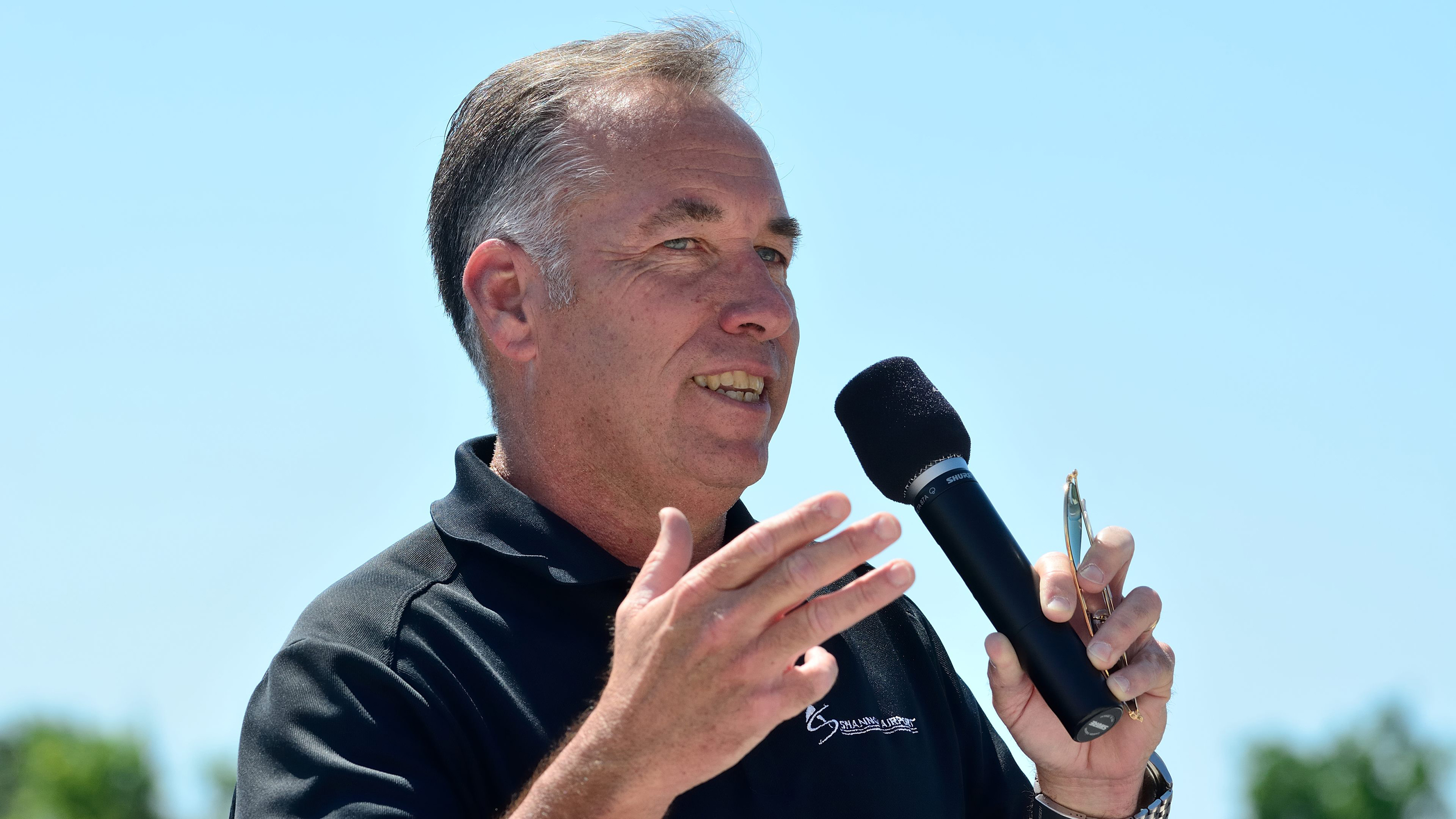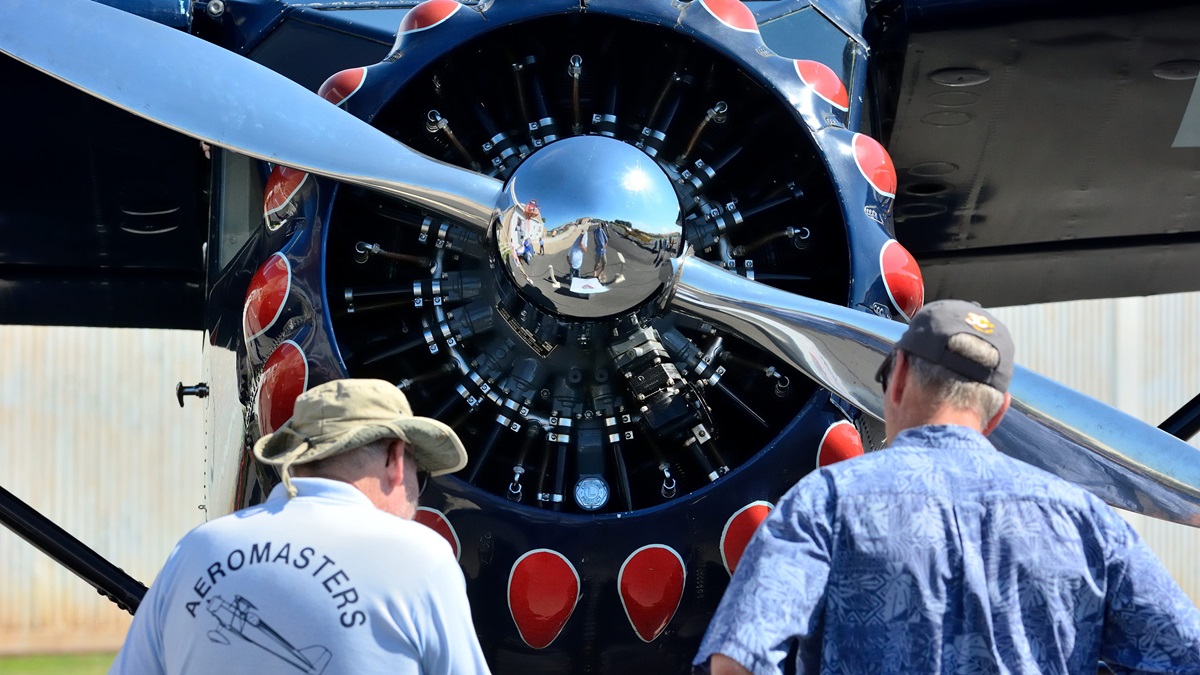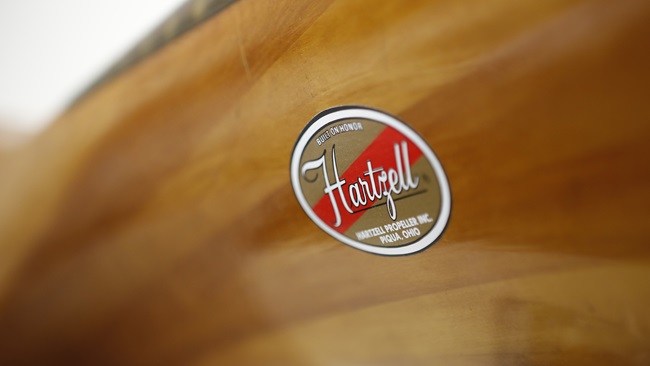Shannon Air Museum reopens
Vintage collection returns to Virginia airport
Pilots, aviation enthusiasts, and the public descended on Shannon Airport in Fredericksburg, Virginia, June 3 to commemorate the reopening of the Shannon Air Museum. The museum is home to 20 rare aircraft from aviation’s golden age, dating from World War I through the 1940s. The event marked a homecoming, of sorts, for many of the aircraft—originally displayed at the airport before being trucked to Richmond more than 30 years ago.
Sidney L. Shannon Jr. opened Shannon Airport in October 1950, and founded the Shannon Air Museum in 1976, collecting 13 vintage aircraft and many artifacts from aviation’s early history. He dedicated the museum to his father, Sidney L. Shannon Sr., who became a pilot in 1927, then opened an airport where the Fredericksburg fairgrounds are today. Shannon Sr. became an early investor in Eastern Air Lines, when it flew mail by night in single-engine aircraft, and spent time with aviation pioneers Eddie Rickenbacker and Dick Merrill, among others. After Shannon Jr.’s death in 1981, the aircraft became the core of the new Virginia Aviation Museum at Richmond International Airport, which became part of the Science Museum of Virginia in 1990; the aviation museum closed in June 2016 because of significant problems with the museum building.
The museum’s dedication began June 3 with a family fun run on the airport’s paved runway. Plans don’t call for the aircraft to remain where they are today—in Shannon’s maintenance hangar, adjacent to where the aircraft originally were displayed. “What you see today is just a fraction of what we’re going to hope to build—a 25,000-square-foot museum,” said Gary Skinner, a Spotsylvania County district supervisor. He envisions a partnership between the county government and private sector.
“The reason we want to do it is because of our children,” so they can be exposed to aviation, added Skinner, who flew the Grumman A-6 Intruder for 20 years as a U.S. Marine Corps pilot.
“It’s exciting after 30 years of the museum actually being away from Shannon, this collection—Sid Shannon’s collection—coming back,” Curtas said. “It was one of the rarest collections in the world of its type at one time.”
The collection includes the world’s only known surviving Vultee V-1A; a Spad VII biplane built in 1917 for service in World War I; a 1927-built Pitcairn PA-5 Mailwing; and a Bellanca CH-400 Skyrocket, originally built in 1928 as a CH-300 Pacemaker and converted to a CH-400 after being salvaged from a glacier.
 Curtas took over the privately owned, public-use airport in 2014. “When we got here, I looked at the pictures on the walls of the Shannon airplanes. I had seen them when I was 18 years old,” he said. “When I saw the artifacts that were still at the airport, like tool boxes from 1918, I said, ‘We need to get these planes back.’”
Curtas took over the privately owned, public-use airport in 2014. “When we got here, I looked at the pictures on the walls of the Shannon airplanes. I had seen them when I was 18 years old,” he said. “When I saw the artifacts that were still at the airport, like tool boxes from 1918, I said, ‘We need to get these planes back.’”
That opportunity came with the Science Museum’s space challenges when the Virginia Aviation Museum building closed. “We expected to get a few of [the aircraft]—we didn’t expect to get all of them,” Curtas said.
Actually, the new nonprofit organization, Shannon Air Museum LLC, received 12 original Shannon airplanes—eight currently displayed in the hangar, three stored in other hangars, and one under restoration—and eight others, not part of the original collection from Fredericksburg. “There’s one that’s getting its engine restored. We’d like to get some of these flying again,” added Curtas, a pilot himself who flies a Cirrus.
Beginning July 6, the Shannon Air Museum will be open to the public from 10 a.m. to 4 p.m. Thursdays, Fridays, and Saturdays. Groups can make appointments to visit the facility at other times by calling the airport office (540/373-4431) and speaking with Denise or Trish.
Future plans include a 25,000-square-foot glass hangar structure with a theater, simulators, and youth activities that could host banquets and other events. “The idea is to make it a multiuse building,” Curtas explained.
Admission to the museum is free, and donations are accepted. The nonprofit has established a GoFundMe page for contributions toward the new facility.
More than 50 aircraft flew in for the June 3 museum dedication, which featured food, music, and vendors. EAA Chapter 1099 conducted about 55 Young Eagles flights during the day. It was announced that the Virginia Aeronautical Historical Society will move its offices and library to Fredericksburg, adjacent to the museum.














